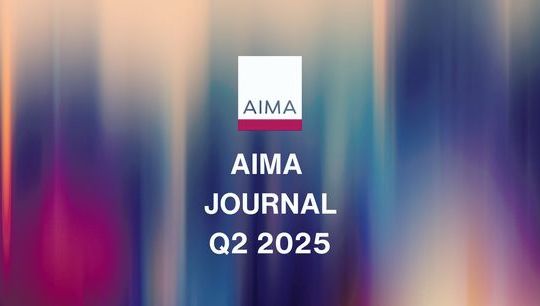PRA launches consultation on accelerating insurer access to matching adjustment benefits
Published: 08 April 2025
On 8 April, the PRA launched a consultation proposing a new permissions framework called the Matching Adjustment Investment Accelerator (MAIA). The aim is to support UK insurers in making faster investment decisions, particularly in productive UK assets, by streamlining the way matching adjustment (MA) benefits are accessed for new types of investments. Building on Solvency II reforms already underway, MAIA would reduce regulatory friction while maintaining prudential safeguards. Subject to consultation, the new framework could be implemented in Q4 2025, with changes to reporting rules (MALIR) taking effect from year-end 2026.
What’s being proposed
The MAIA framework is designed to let insurers take advantage of time-sensitive investment opportunities by enabling quicker access to the MA benefit, before securing full PRA approval. At present, firms must wait for explicit permission before adding new types of assets to their MA portfolios. The PRA is proposing that firms with existing MA permissions could apply for an additional MAIA permission, giving them the ability to include certain new assets on a self-assessed basis and immediately claim the MA benefit, subject to conditions.
This would offer a window of up to 24 months during which firms must apply to “regularise” those assets through the normal MA permission process. If permission is ultimately denied, the assets must be removed from the MA portfolio.
Key elements of the proposal
1. Context and background
This proposal is the next step in reforms begun under PS10/24 as part of the UK’s Solvency II review. Previous changes have already increased flexibility in the MA framework, including:
- Allowing assets that do not have fixed cash flows.
- Expanding the range of insurance business types eligible for the MA.
- Removing caps on MA benefit from sub-investment grade (SIG) assets.
Industry feedback from the Association of British Insurers (ABI) and PRA’s Subject Expert Group (SEG) indicated that even with these changes, time lags in MA approval could still prevent insurers from acting on investment opportunities. MAIA responds to this concern.
The MA allows insurers to discount long-term liabilities using a higher rate than the risk-free rate when those liabilities are backed by assets with predictable cash flows. This reduces the present value of liabilities on balance sheets, effectively boosting available capital. Being able to access that benefit earlier helps insurers allocate capital more efficiently.
2. What the MAIA permission allows
Insurers with an MA permission must apply separately for a MAIA permission to use the new framework, which allows them to claim the MA benefit immediately on certain new assets.
- These “MAIA assets” are those with features not yet covered by the firm’s MA permission but considered eligible under MA rules. They may be included in the MA portfolio without prior PRA approval, up to a set limit.
- Firms have 24 months to submit an application to formally include them under the MA rules; otherwise, the assets must be removed from the portfolio.
3. Exposure limits and controls
- Firms granted a MAIA permission will be subject to exposure limits, generally set at the lower of £2bn or 5% of the Best Estimate Liabilities (BEL) of the MA portfolio, net of reinsurance.
- Firms must maintain contingency plans for the removal of MAIA assets later deemed ineligible. Breaches must be rectified within two months or the MA benefit will be reduced.
4. Permissions and reporting
The MAIA framework requires a separate permission process and introduces new reporting obligations, including changes to the existing MALIR template.
- Firms must apply separately for MAIA permission; it is not granted automatically. To streamline governance, applications may be approved by a board sub-committee or senior manager.
- A documented MAIA policy is required, covering internal governance, asset eligibility criteria, and contingency planning. Firms must submit an annual MAIA use report, explaining how the permission has been used and disclosing any breaches.
- From year-end 2026, the MALIR reporting template will include two new fields: a flag to identify MAIA assets, and an indicator where regularisation applications were not submitted within the required timeframe.
5. Implementation and next steps
The PRA expects the MAIA framework to go live in Q4 2025, subject to the outcome of this consultation. To minimise operational burdens, changes to MALIR reporting will take effect from 31 December 2026, giving firms time to update internal systems and processes. The framework is expected to be particularly valuable to firms in the scale-up phase of their annuity business, as it will allow them to access a broader range of asset classes more flexibly and efficiently.
The consultation will run until 4 June.
For questions and further information please contact Nicholas Smith ([email protected])









